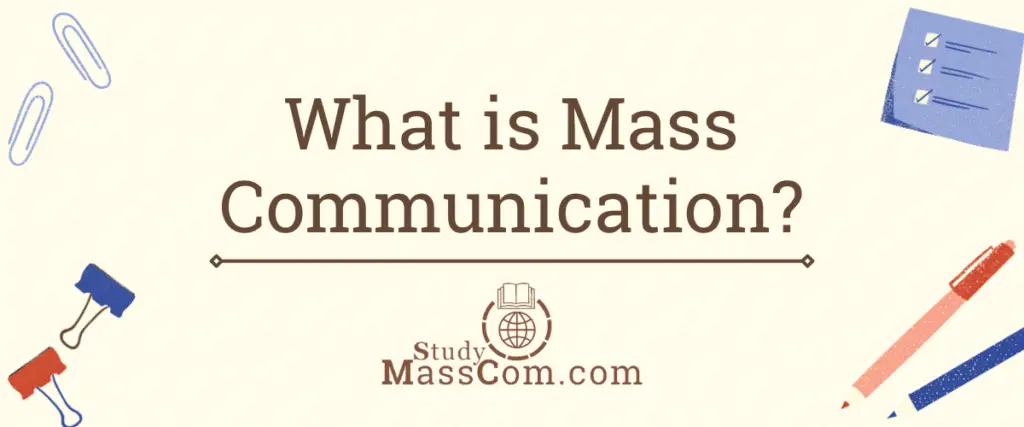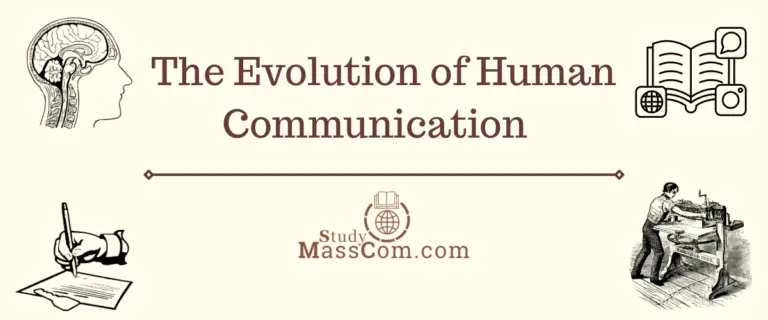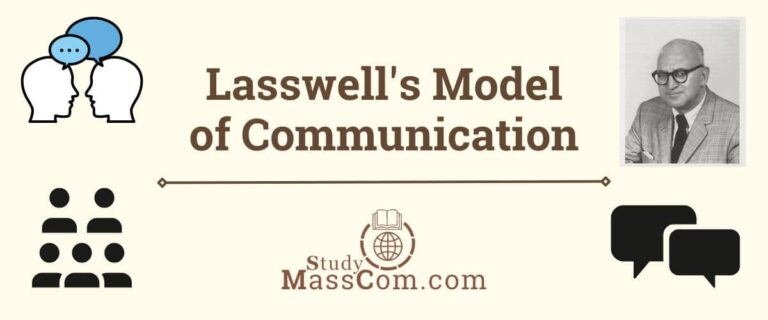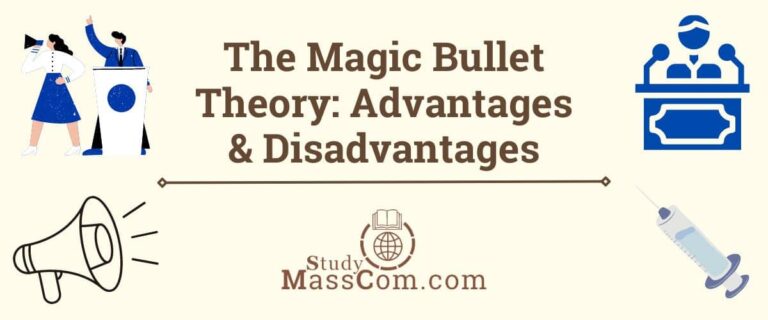What is Mass Communication?
Introduction
In an era of constant connectivity and information overload, the field of mass communication plays a pivotal role in shaping our society. Mass communication encompasses the exchange of information on a large scale, reaching a vast audience through various channels. Whether it’s through television, radio, newspapers, magazines, or the internet, this form of communication has the power to influence public opinion, shape attitudes, and drive societal change. In this article, we delve into the definition, key components, and applications of mass communication, highlighting its significance in our interconnected world.

Defining Mass Communication
Mass communication refers to the process of transmitting information, ideas, and messages to a large and diverse audience simultaneously. It involves the use of media channels to disseminate content, enabling widespread access and consumption. The primary purpose of mass communication is to inform, entertain, and persuade, fostering a sense of shared understanding among individuals and society at large.
Key Components of Mass Communication
Sender
The sender is the source of information or the entity initiating the communication process. It can be an individual, organization, or media outlet responsible for crafting and delivering the message.
Message
The message refers to the content or information being conveyed through mass communication. It can take the form of news articles, advertisements, television shows, social media posts, and more.
Channel
Channels are the mediums through which the message is transmitted to the audience. Examples include television networks, radio stations, newspapers, websites, social media platforms, and mobile applications.
Receiver
The receiver is the intended audience or the individuals who receive and interpret the message. They play a vital role in the communication process, actively engaging with the content and providing feedback.
Feedback
Feedback involves the response or reaction received from the audience. It helps the sender gauge the effectiveness of the message and allows for further refinement of future communication efforts.
Applications of Mass Communication
Journalism
Mass communication forms the foundation of journalism, enabling the dissemination of news and information to the public. Journalists play a crucial role in investigating, reporting, and presenting facts, ensuring transparency and accountability in society.
Advertising and Marketing
Mass communication facilitates the promotion and marketing of products, services, and ideas. Advertisements, commercials, and branding efforts leverage various media channels to reach a broad audience and influence consumer behaviour.
Entertainment Industry
Mass communication plays a central role in the entertainment industry, delivering movies, TV shows, music, and other forms of creative content. This aspect of mass communication aims to entertain, inspire, and evoke emotions among audiences.
Public Relations
Mass communication is integral to public relations efforts, helping organizations manage their reputation, build relationships with stakeholders, and disseminate information to the public. Press releases, media interviews, and corporate communication campaigns fall under this domain.
Social Change and Advocacy
Mass communication serves as a powerful tool for social change and advocacy. It empowers individuals and organizations to raise awareness about important issues, influence public opinion, and mobilize communities towards collective action.
In Conclusion
Mass communication is a dynamic and influential field that shapes the way we receive and perceive information in today’s interconnected world. Through its key components of sender, message, channel, receiver, and feedback, mass communication facilitates the dissemination of information on a large scale. From journalism and advertising to entertainment and social change, mass communication serves diverse purposes, creating a shared understanding and impacting societal attitudes. Understanding its power allows us to shape our ability to communicate with the world in a better way.






